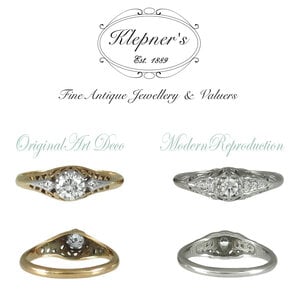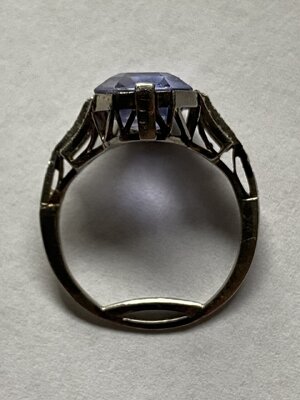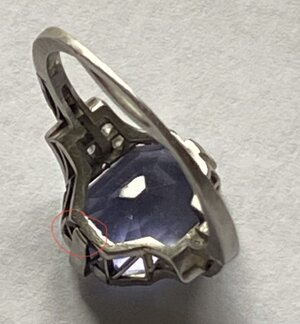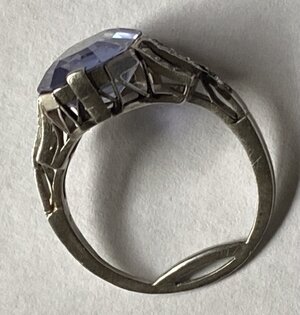Pinkmartini87
Brilliant_Rock
- Joined
- Apr 10, 2017
- Messages
- 1,314
Hi all, would love to learn more about how to tell between die struck vs cast rings, if anyone can share some examples using pictures?
Was reading that antique pieces tend to be die struck, with the ring’s underside more smooth and thin, versus more poorly made modern reproductions being wax/mold cast and having a lumpier and thicker underside. But is this a reliable way to tell a repro from a true antique? What about the better made reproductions with higher quality wax cast? How to tell between those vs original antiques?
Was reading that antique pieces tend to be die struck, with the ring’s underside more smooth and thin, versus more poorly made modern reproductions being wax/mold cast and having a lumpier and thicker underside. But is this a reliable way to tell a repro from a true antique? What about the better made reproductions with higher quality wax cast? How to tell between those vs original antiques?








300x240.png)